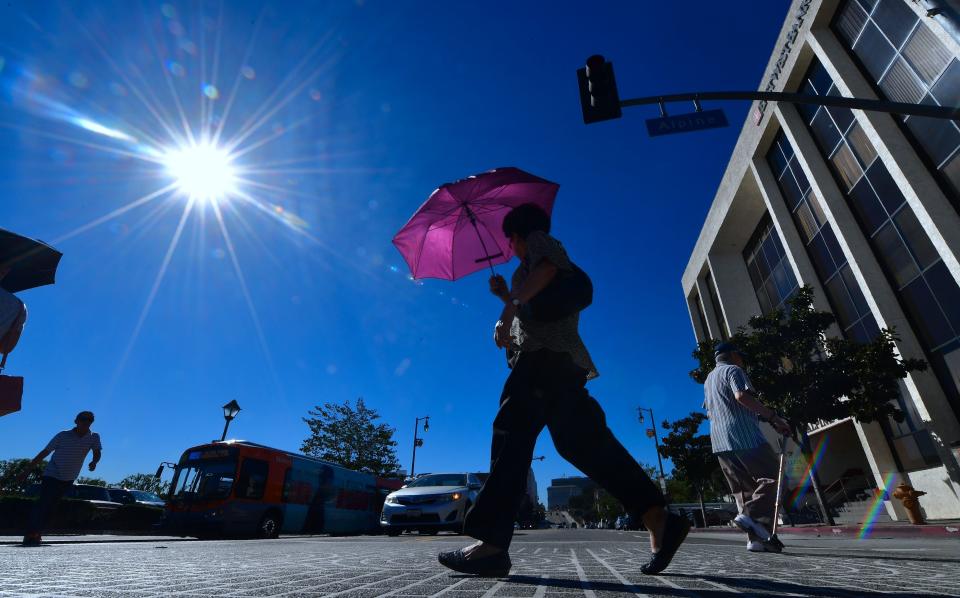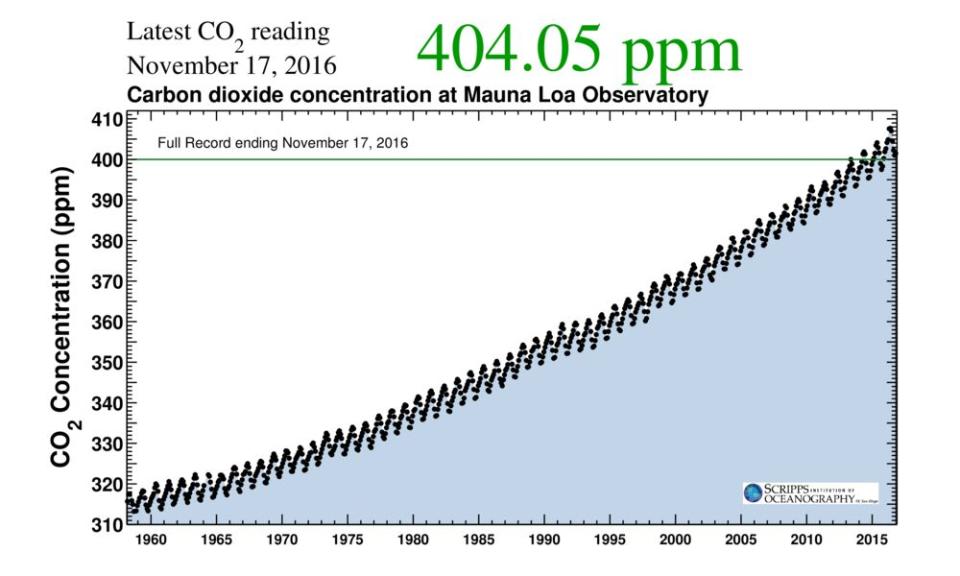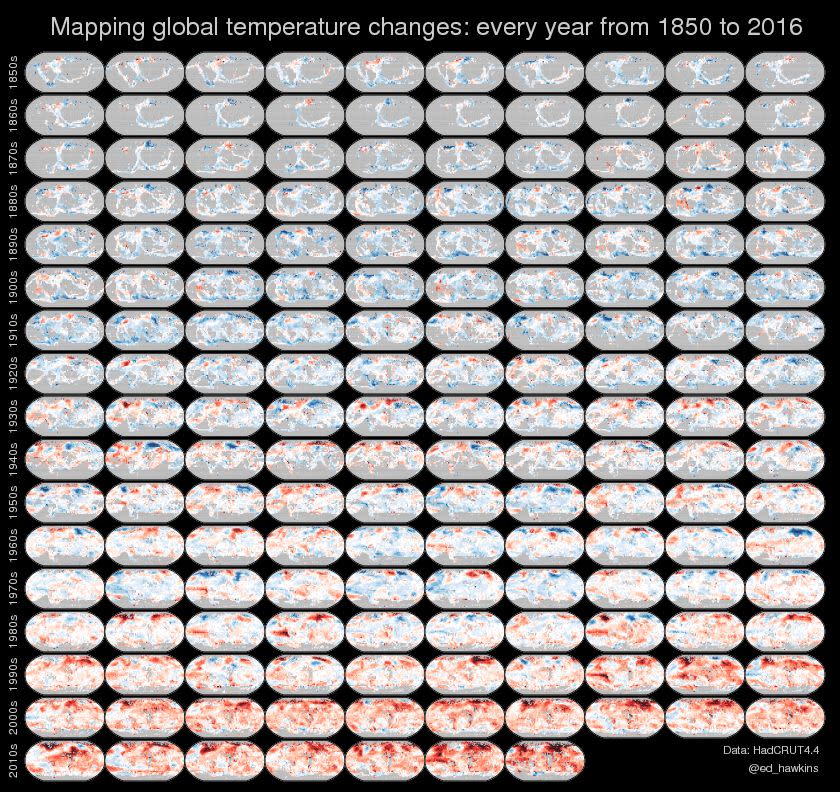Southern California Is Breaking Heat Records By Alarming Margins
Southern California is getting scorched by an unseasonable heat wave, with temperatures in some areas breaking records by double-digit margins.
According to the National Weather Service office in Los Angeles, heat records for Oct. 25 were shattered in a number of places Wednesday. The most notable record was set at the Camarillo Airport in Ventura County, where a high of 103 degrees broke the previous record, 88 set in 1983, by a jaw-dropping 15 degrees.
Camarillo Ca Airport reported a Max Temp of 103 degrees so far today. This breaks the record of 88 degrees set in 1983. #cawx
— NWS Los Angeles (@NWSLosAngeles) October 25, 2017
Heat waves typically break temperature records by only as much as a few degrees. A June 2016 heat wave that struck Southern California, for example, broke several records by single digits. The one double-digit margin was set in El Cajon, where temperatures for that calendar day toppled the previous record by 10 degrees.
Even during a 2015 heat wave in the region with back-to-back days of temperatures surpassing 100 degrees, the heat broke records by small margins.

Other heat records set Wednesday include Oxnard, where 102-degree temperatures beat out the old record by 8 degrees, and Los Angeles International Airport, where 99-degree heat toppled the 1983 record of 92.
NWS Oxnard Ca reported a Max Temp of 102 degrees so far today. This breaks the record of 94 degrees set in 1968. #cawx
— NWS Los Angeles (@NWSLosAngeles) October 25, 2017
Los Angeles Ca Airport reported a Max Temp of 99 degrees so far today. This breaks the record of 92 degrees set in 1983. #cawx #laheat
— NWS Los Angeles (@NWSLosAngeles) October 25, 2017
More heat records were set at Santa Maria Public Airport, Santa Barbara Municipal Airport, Long Beach Airport and downtown Los Angeles.
The ongoing heat sparked several brush fires on Tuesday, requiring closures on three freeways. Later Tuesday, hot wind gusts complicated firefighters’ efforts to contain a growing wildfire in the hills about 60 miles northwest of Los Angeles.
Scientists have long warned that these types of heat waves will become the new normal.
“If we continue with business-as-usual burning of fossil fuels, and warm the planet by [3 degrees Celsius] by the end of this century, then what we today call ‘extreme heat’ we will instead call ‘midsummer,’” Michael Mann, a leading climate scientist and professor of meteorology at Penn State University, told HuffPost during a heat wave plaguing the Midwest and Northeast last summer.
Love HuffPost? Become a founding member of HuffPost Plus today.
Also on HuffPost
Our carbon footprint says it all.

Year over year, the trend becomes more obvious.

Spiralling global temperatures | updated to August 2016: https://t.co/rPSSxkS2mn pic.twitter.com/yMo0GNAsxk
— Ed Hawkins (@ed_hawkins) September 30, 2016
Another 2016 record—August tied w/ July for warmest in 136 years: https://t.co/69uzcZP2BX #dataviz #climatechange pic.twitter.com/jWkGiabPiP
— Joshua Stevens (@jscarto) September 12, 2016
2016 #Arctic sea ice minimum ties with 2007 for 2nd lowest. https://t.co/BGLZYZvGMY pic.twitter.com/vJghT6HGDc
— Arctic Sea Ice News (@NSIDC_ArcticIce) September 15, 2016
This article originally appeared on HuffPost.

